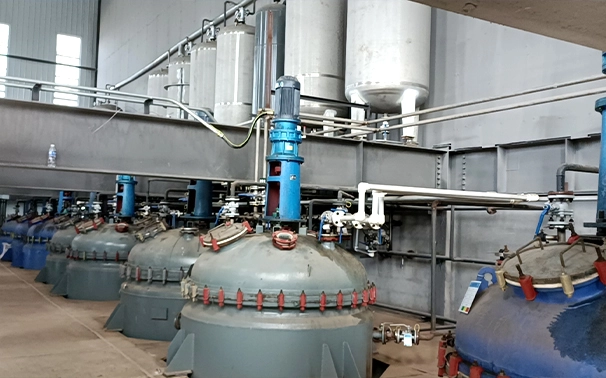difference between flocculant and coagulant
Understanding the Difference Between Flocculants and Coagulants
In the field of water treatment, both flocculants and coagulants play critical roles in the process of removing impurities and clarifying water. Although often used in conjunction, these two agents have distinct functions, properties, and mechanisms of action that are important to understand.
Definitions and Roles
Coagulants are substances that cause particles in a liquid to aggregate or clump together. Their main function is to destabilize colloidal suspensions, which are fine particles that remain suspended in liquid and do not settle naturally. Coagulants usually are positively charged ions or polymers that neutralize the negative charges of the particles, allowing them to come together and form larger aggregates. Common examples of coagulants include aluminum sulfate (alum), ferric chloride, and polyaluminum chloride.
On the other hand, flocculants are agents that promote the clumping of particles into larger aggregates, known as flocs, after the initial coagulation has occurred. While coagulants initiate the process by destabilizing particles, flocculants enhance the formation of these aggregates by creating bridges between particles, allowing them to grow even larger and settle more effectively. Flocculants generally consist of high molecular weight polymers that can increase the efficiency of solid-liquid separation in water treatment processes.
Mechanisms of Action
The mechanisms by which coagulants and flocculants operate are quite different. Coagulation involves the rapid mixing of a coagulant into the water, which results in a rapid reaction that neutralizes the particles' charges. This process is typically followed by a phase of gentle mixing wherein the destabilized particles begin to collide and stick together, forming larger aggregates.
Flocculation, in contrast, typically involves slower mixing to facilitate contact between the formed flocs. This phase allows for the growth of larger flocs, which are then easier to remove from the water through sedimentation or filtration. Flocculants can also enhance the sedimentation rate of the flocs, ensuring that the treated water is clearer and more refined.
difference between flocculant and coagulant

Applications
Both coagulants and flocculants are employed in various applications, including municipal water treatment, industrial wastewater treatment, and even in the food and beverage industry. In municipal water treatment, coagulants are used to remove solids, bacteria, and other contaminants, while flocculants increase the efficiency of the removal process.
In industrial settings, coagulants are essential for treating wastewater, especially in textile, chemical, and paper industries that generate high volumes of suspended solids. Flocculants are particularly beneficial in processes where larger volumes of sediment are expected, as they allow for quicker and more efficient settling.
Key Differences
While coagulants and flocculants work together, they are fundamentally different in their purpose and composition. Coagulants act first to destabilize and aggregate particles, while flocculants aid in the formation and growth of these aggregates into larger flocs that can be removed. Additionally, the chemical nature of the two agents varies; coagulants are typically inorganic salts, whereas flocculants are often synthetic organic polymers.
Another distinction lies in their dosage and handling. Coagulants generally require precise measurement and control, as too much can lead to overdosing, which may adversely affect water quality. Flocculants, due to their polymeric nature, often require careful handling to avoid over-dosing or under-dosing, as both can impact the efficiency of the treatment process.
Conclusion
In summary, understanding the difference between coagulants and flocculants is essential for effective water treatment. Both play crucial roles in clarifying water and removing impurities but serve different functions in the treatment process. By effectively utilizing these agents, industries and municipalities can ensure that they produce clean, safe water for public consumption and various industrial applications.
-
lk-319-special-scale-and-corrosion-inhibitor-for-steel-plants-advanced-solutions-for-industrial-water-systemsNewsAug.22,2025
-
flocculant-water-treatment-essential-chemical-solutions-for-purification-processesNewsAug.22,2025
-
isothiazolinones-versatile-microbial-control-agents-for-industrial-and-consumer-applicationsNewsAug.22,2025
-
scale-inhibitor-key-solutions-for-water-system-scale-preventionNewsAug.22,2025
-
organophosphonates-versatile-scale-inhibitors-for-industrial-water-systemsNewsAug.22,2025
-
scale-and-corrosion-inhibitor-essential-chemical-solutions-for-water-system-maintenanceNewsAug.22,2025





